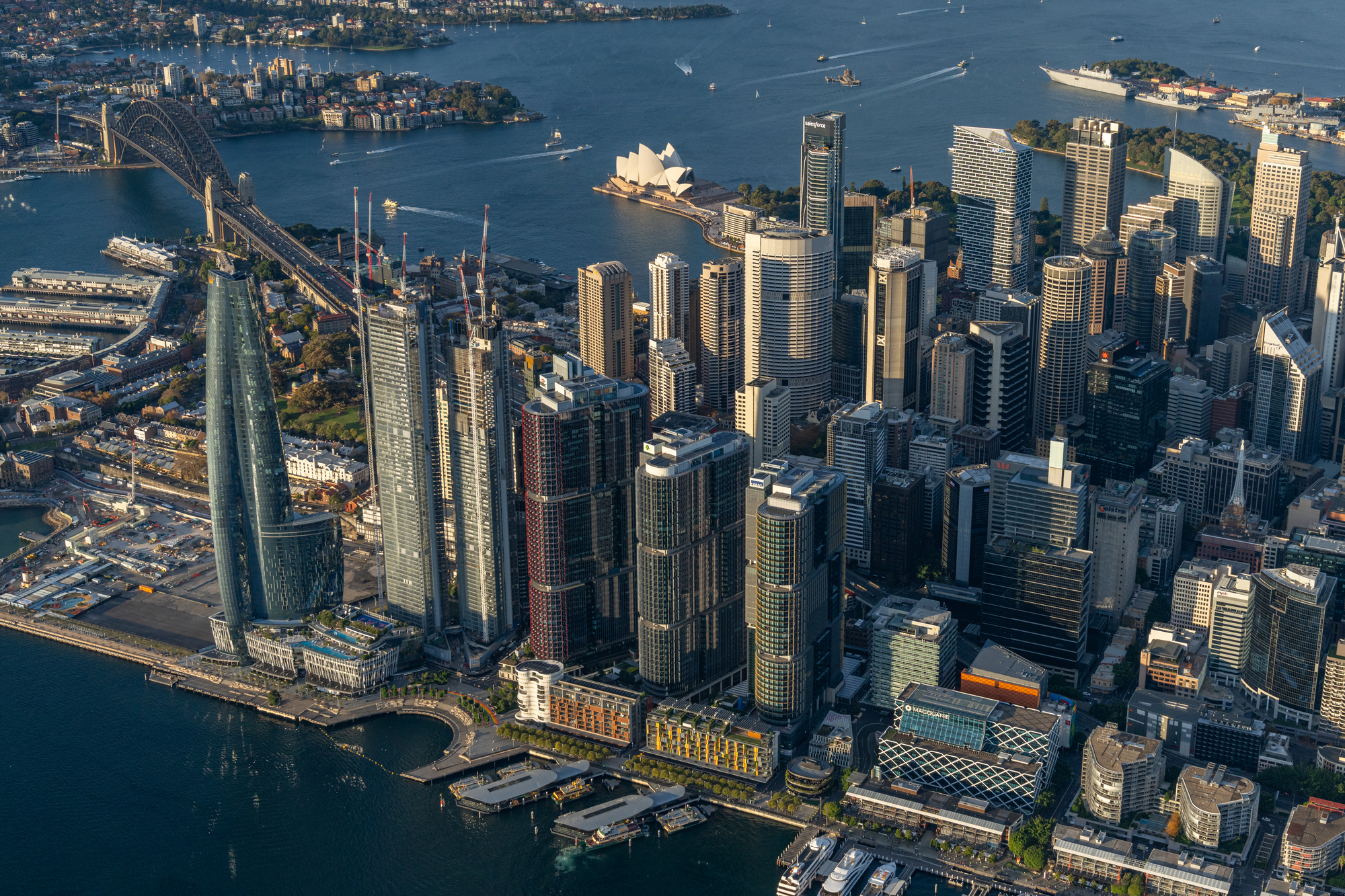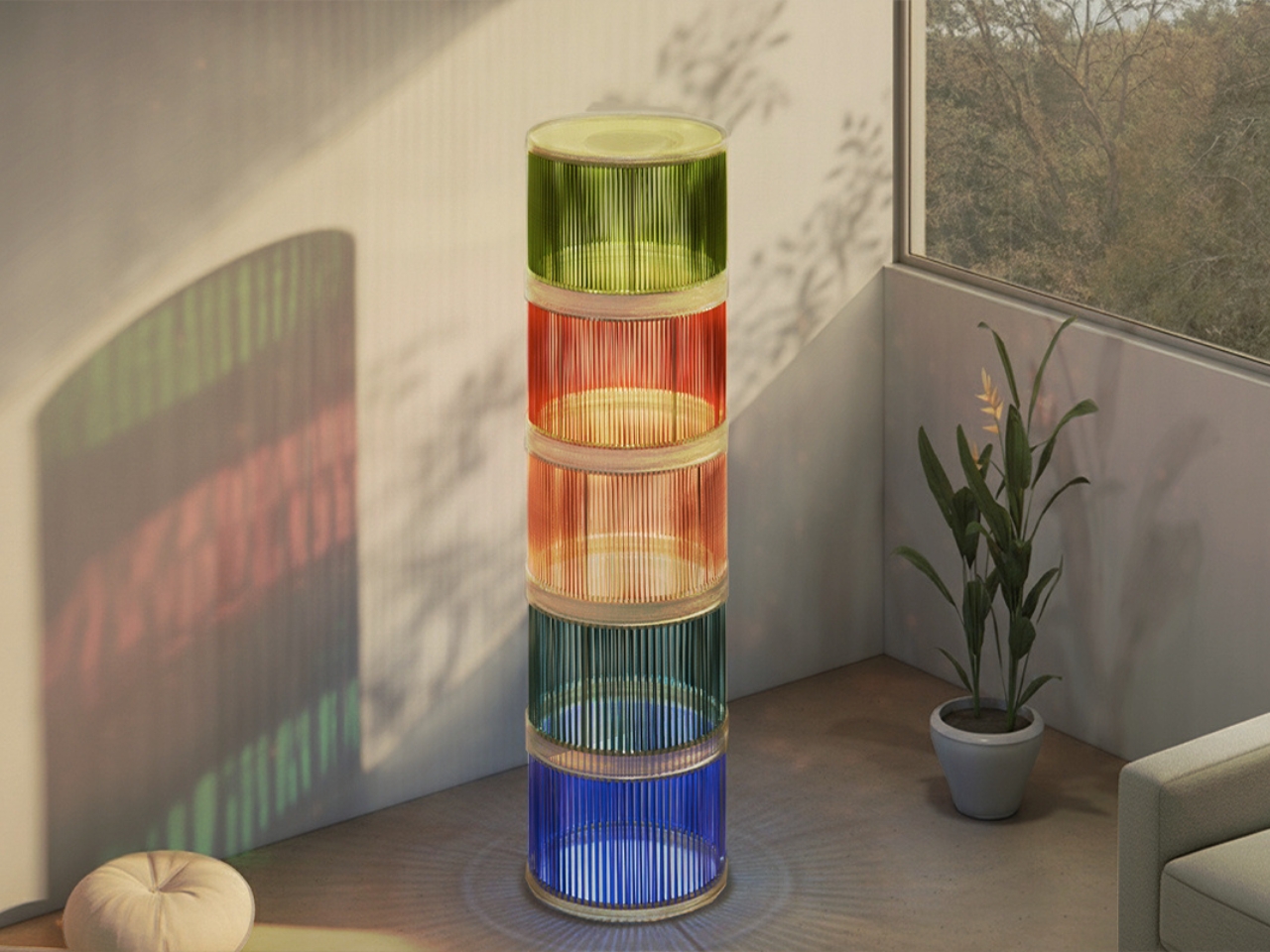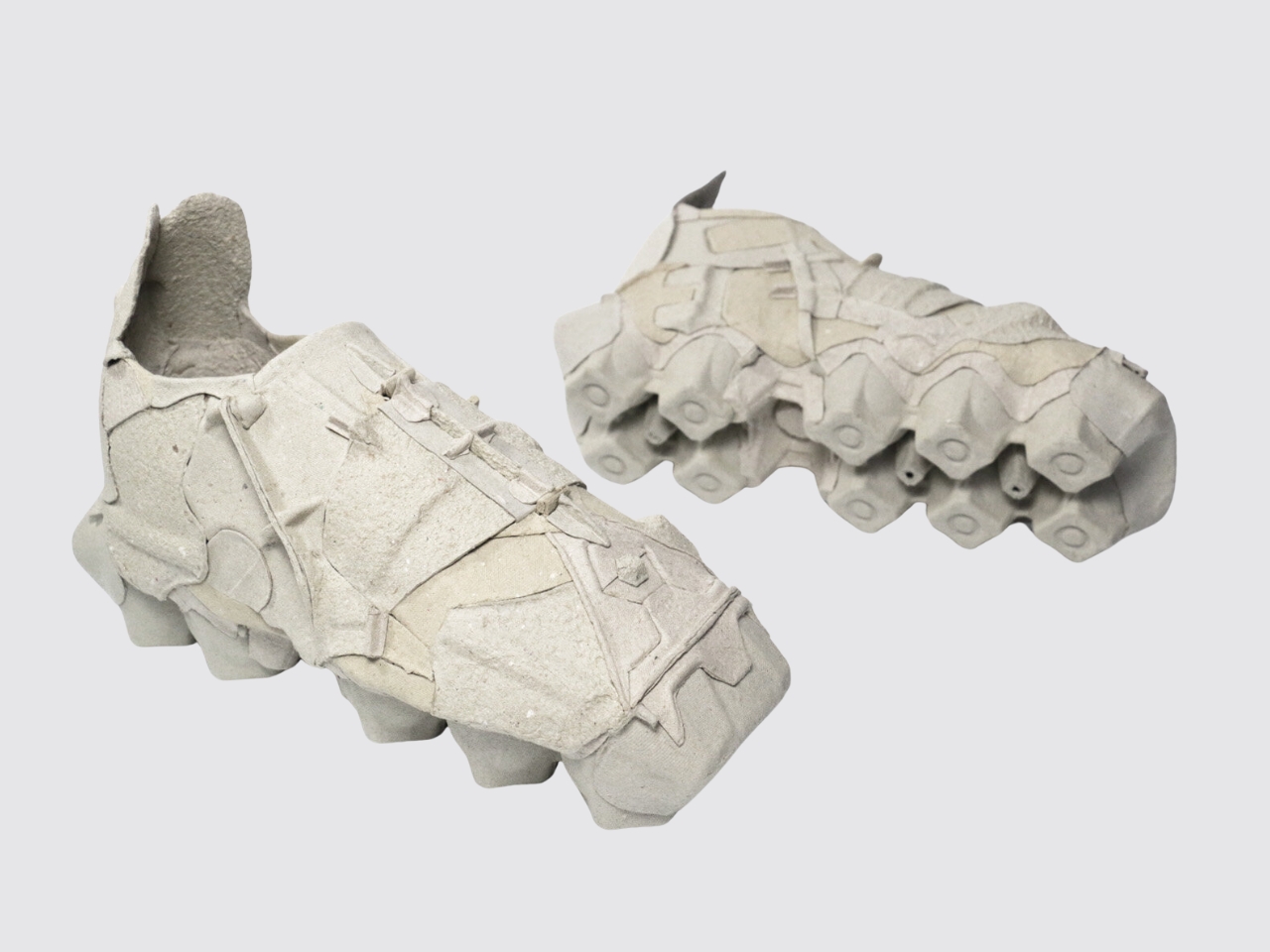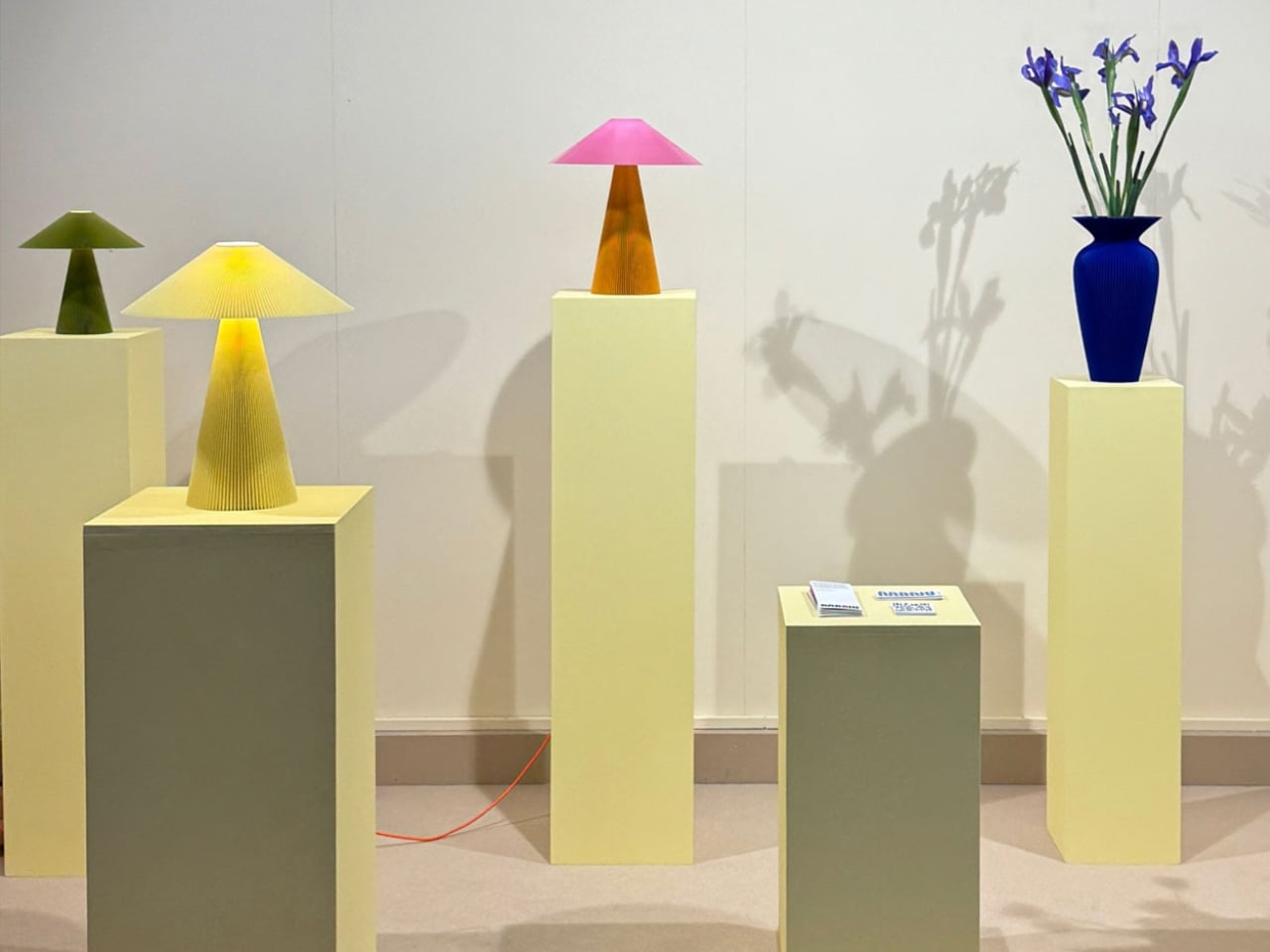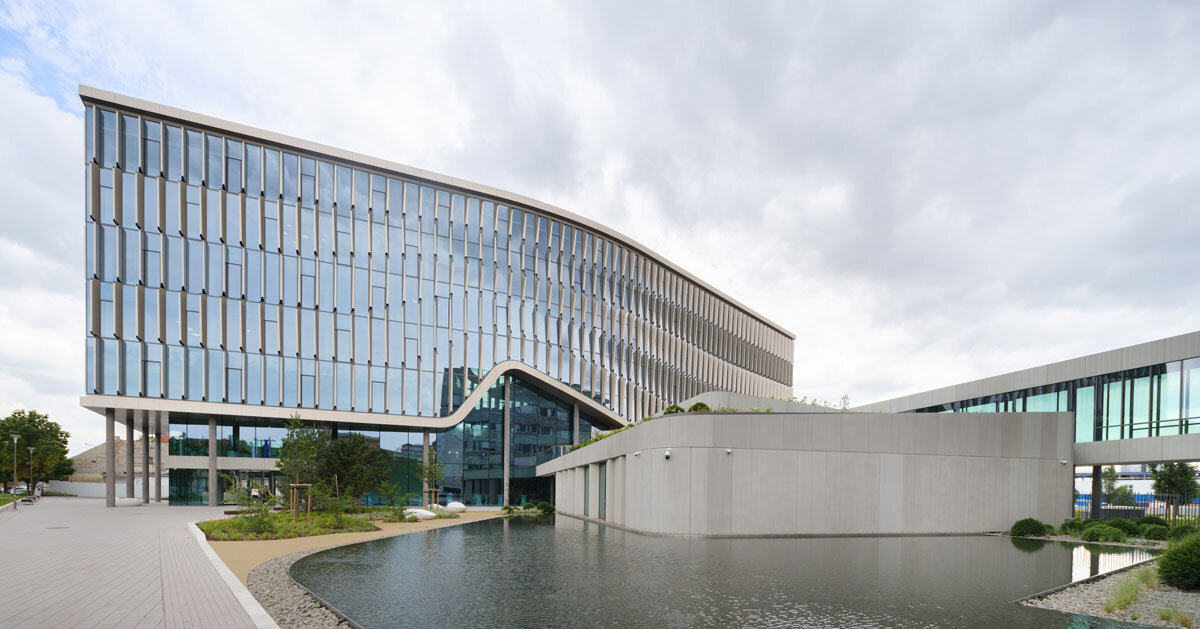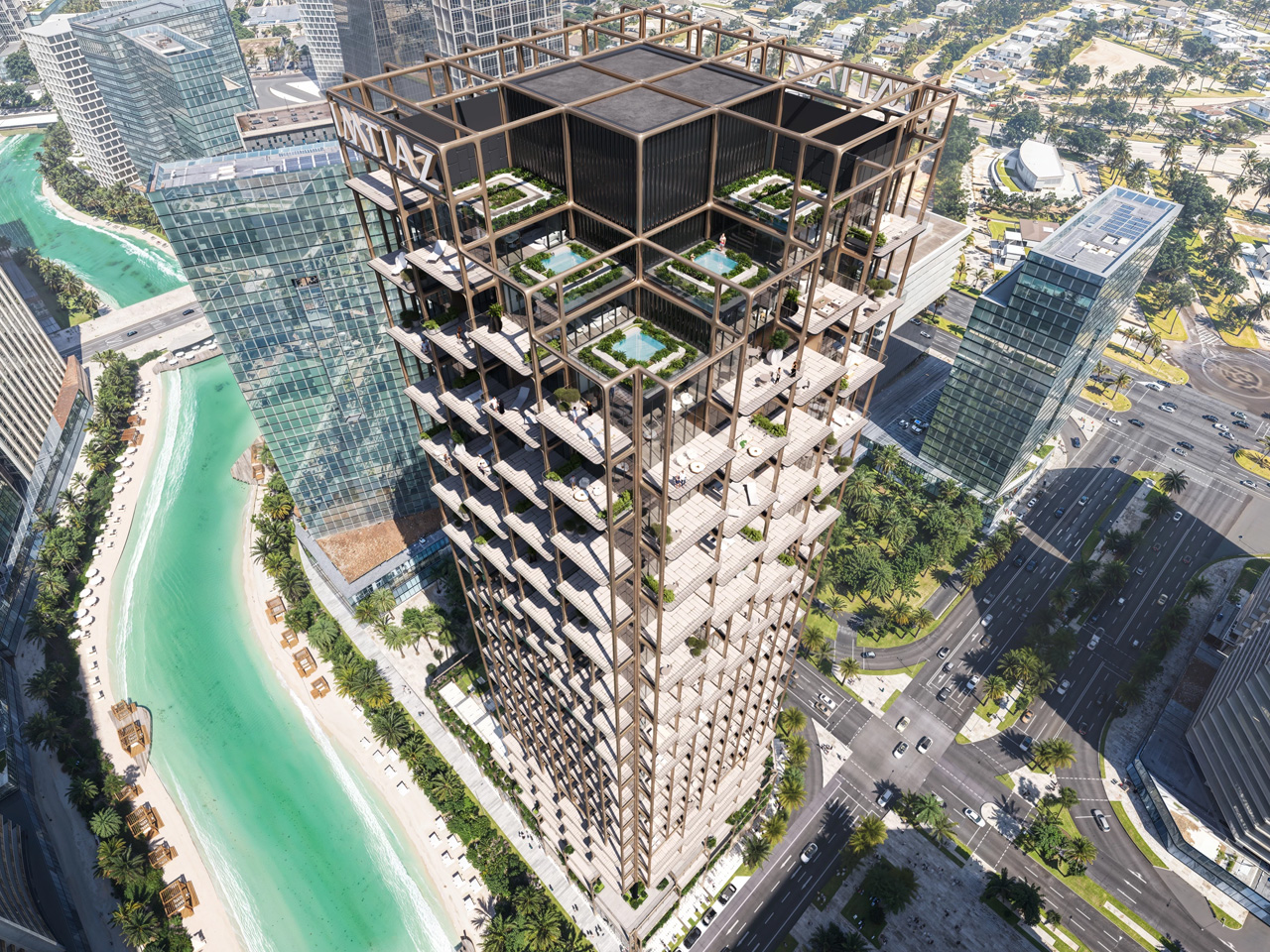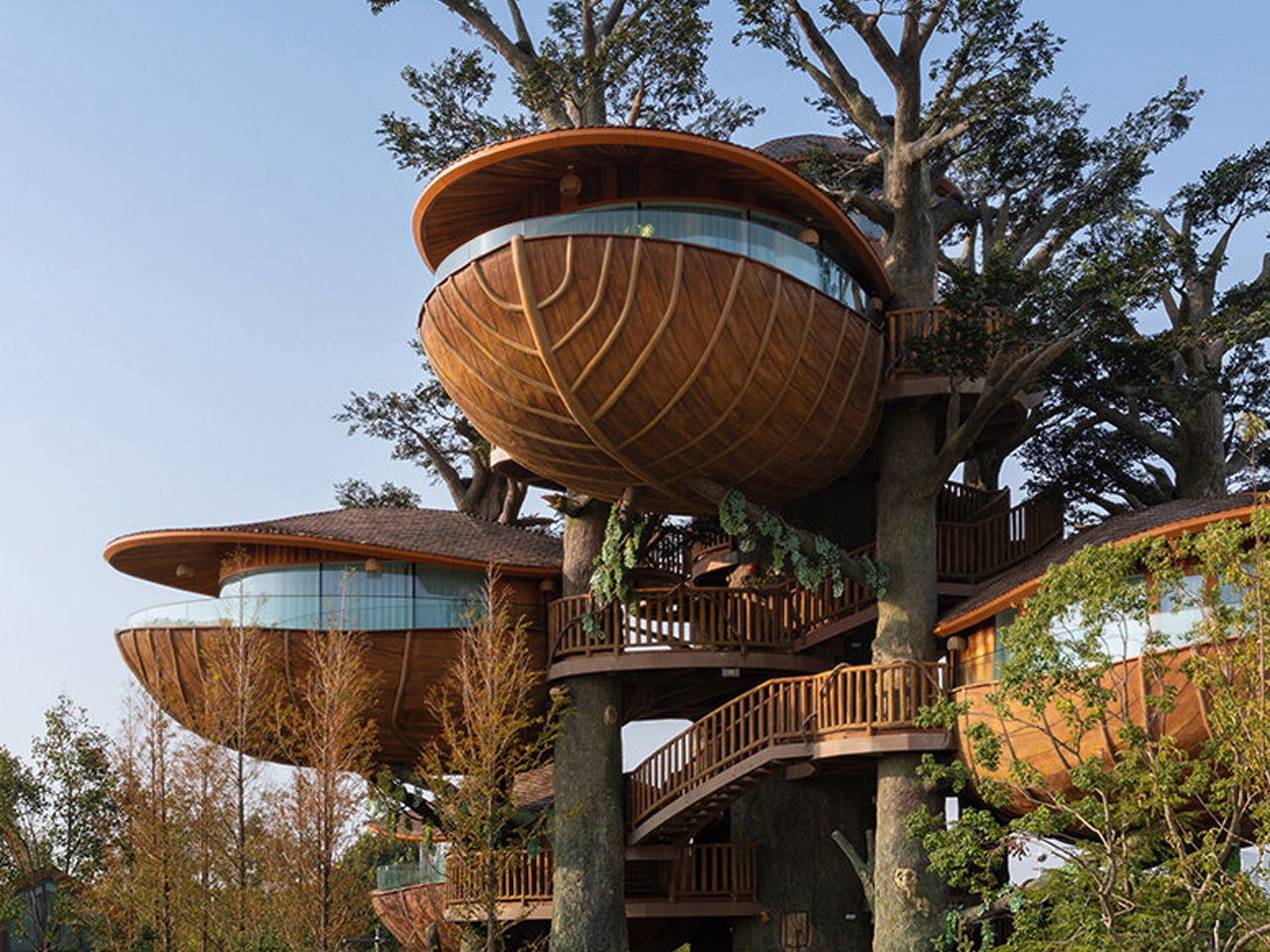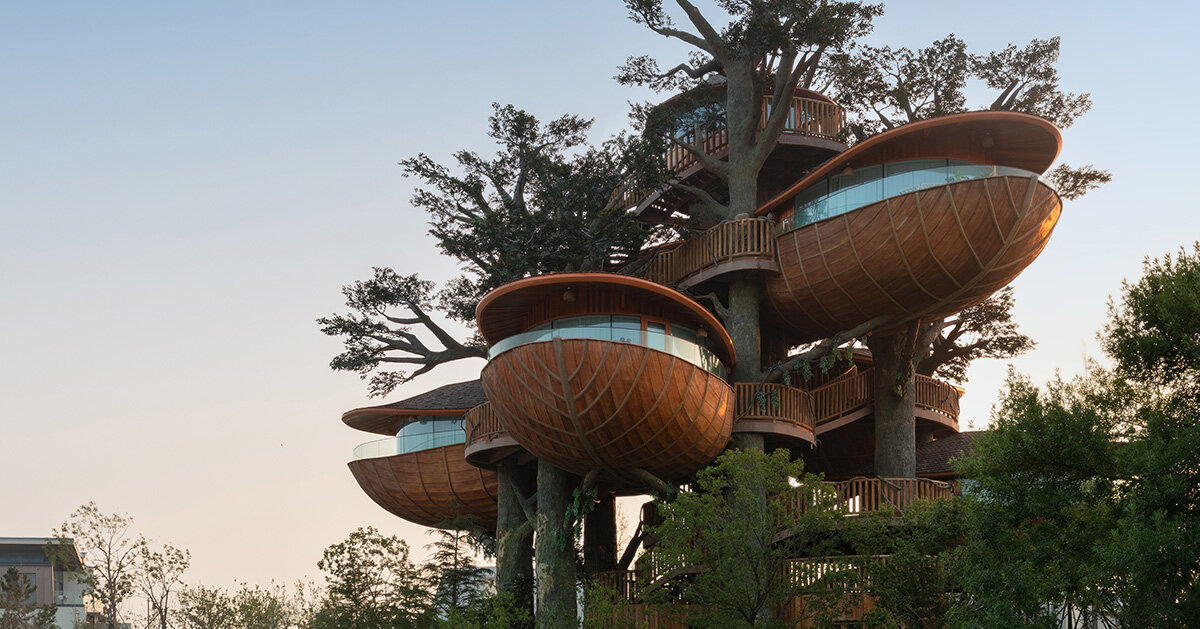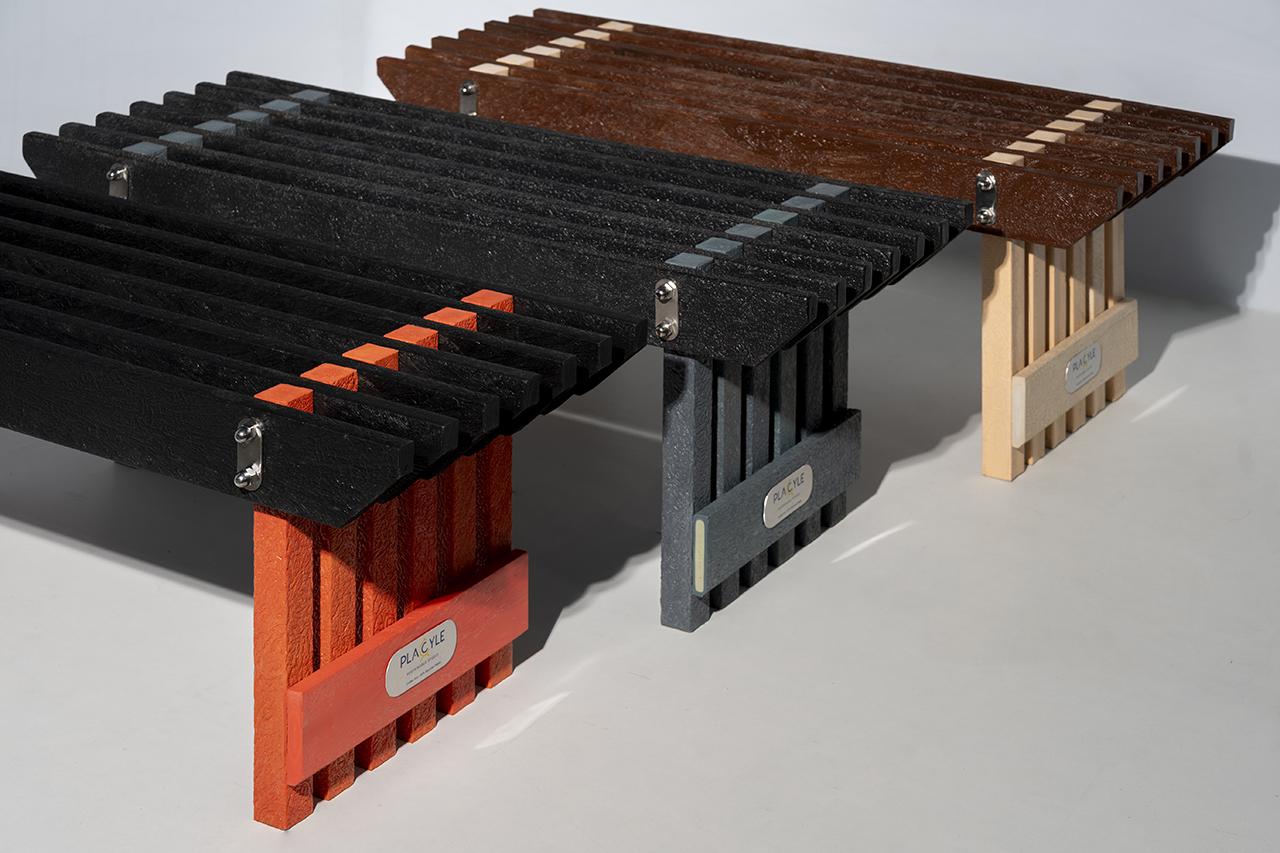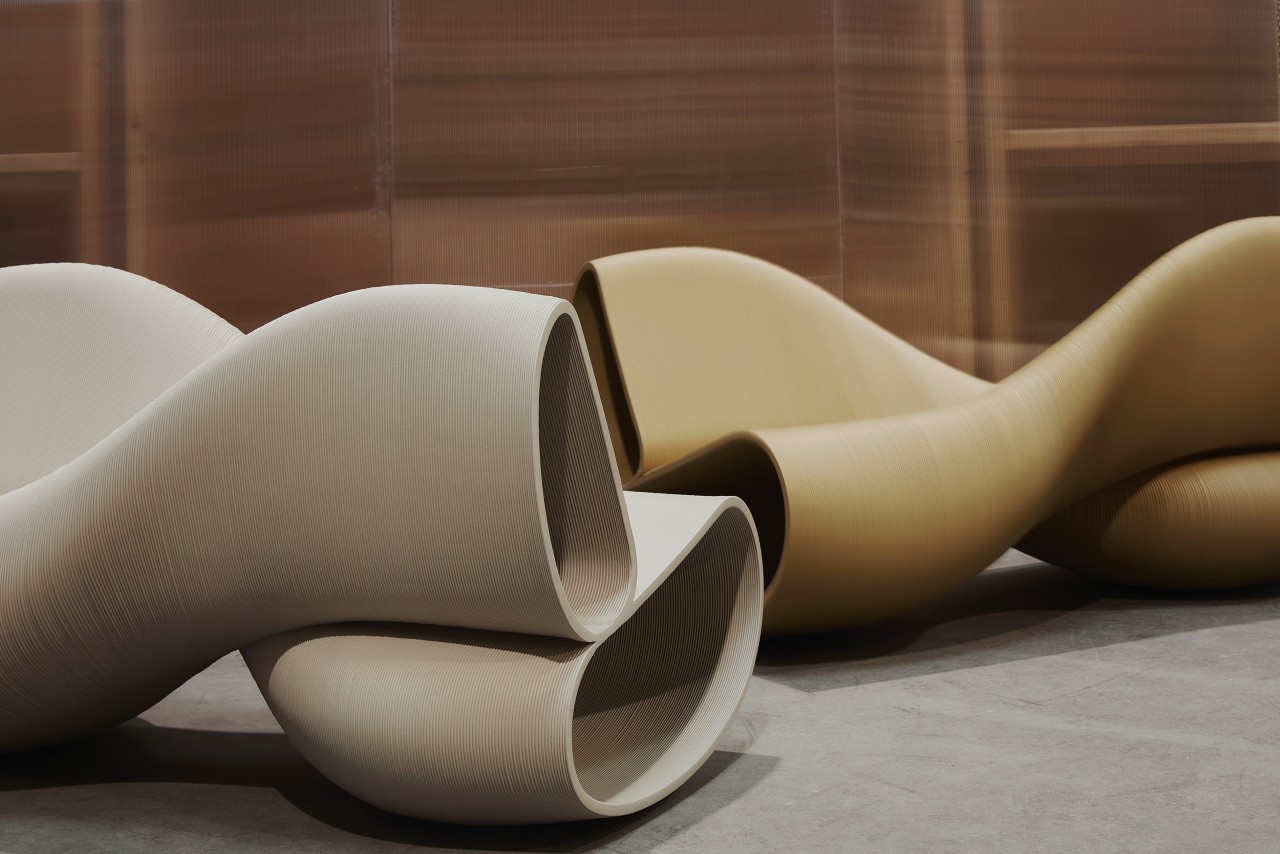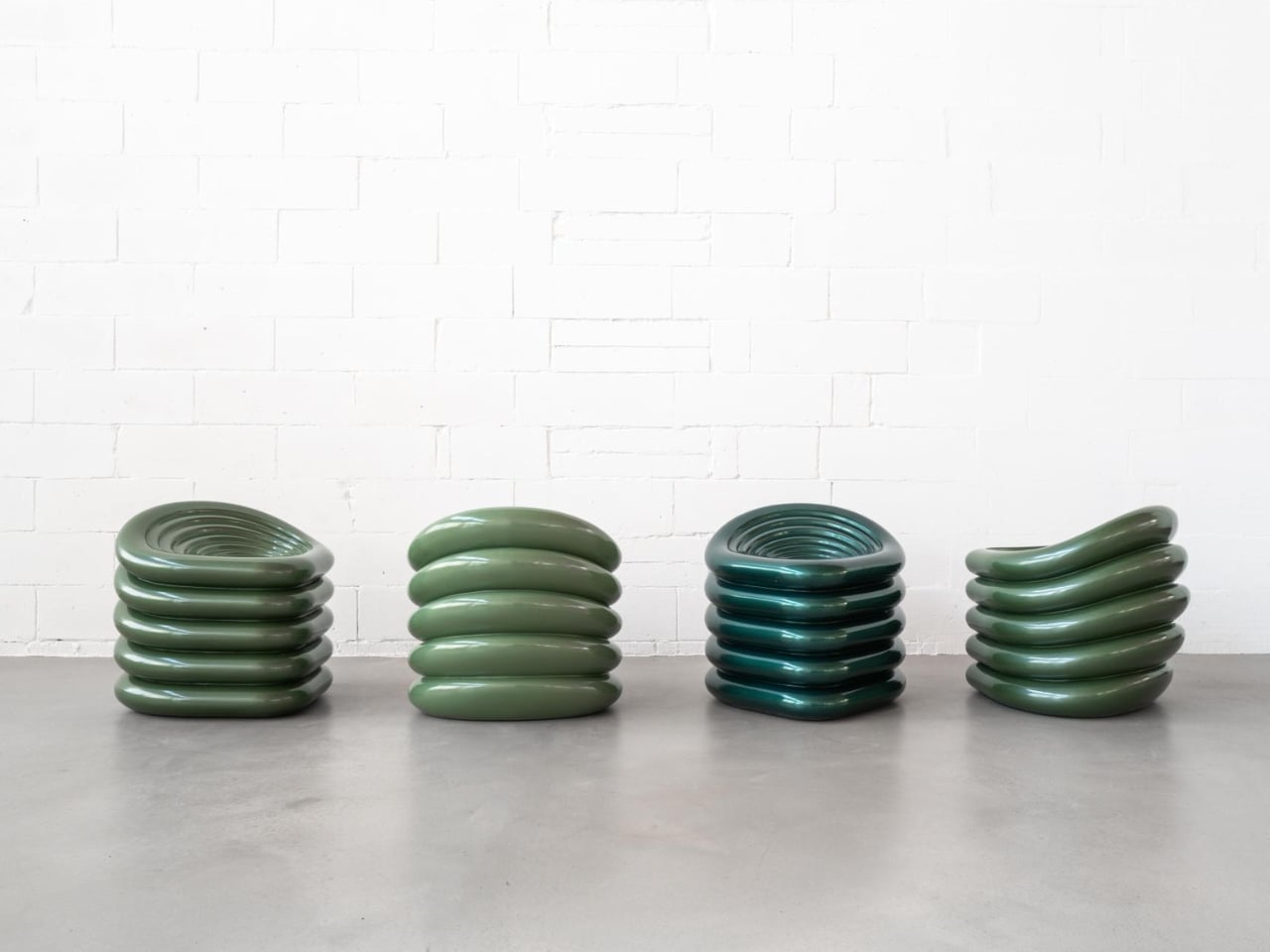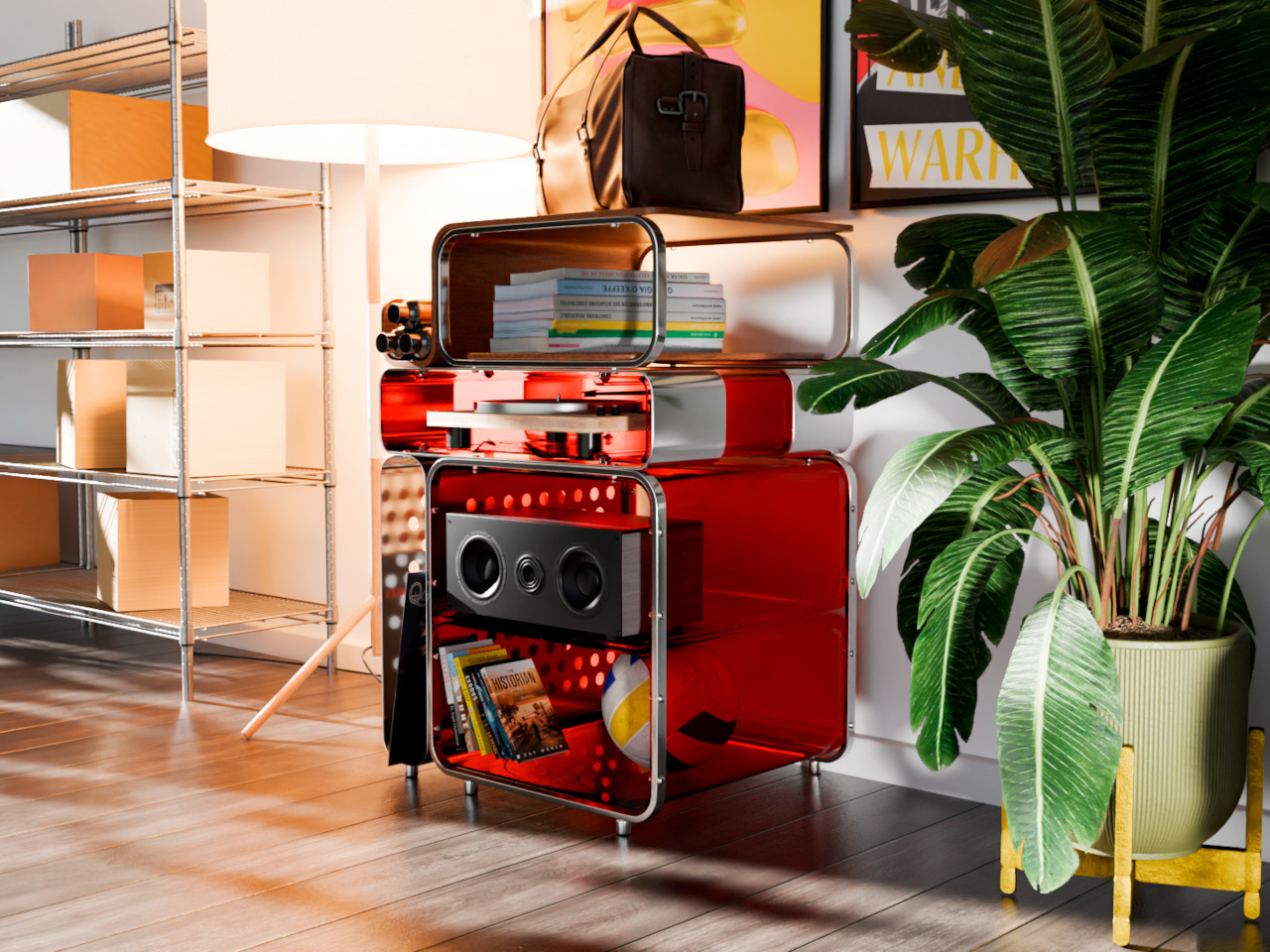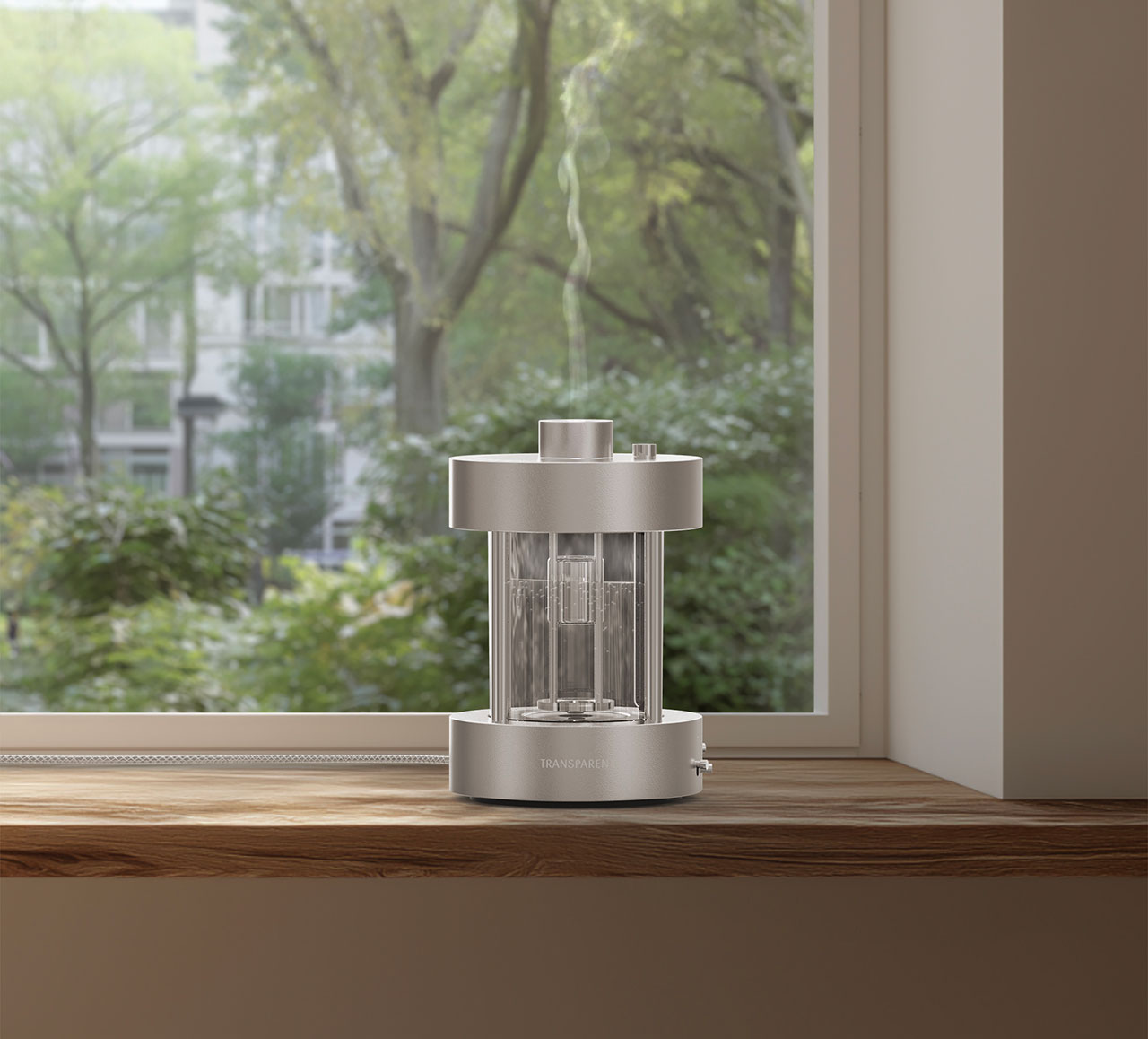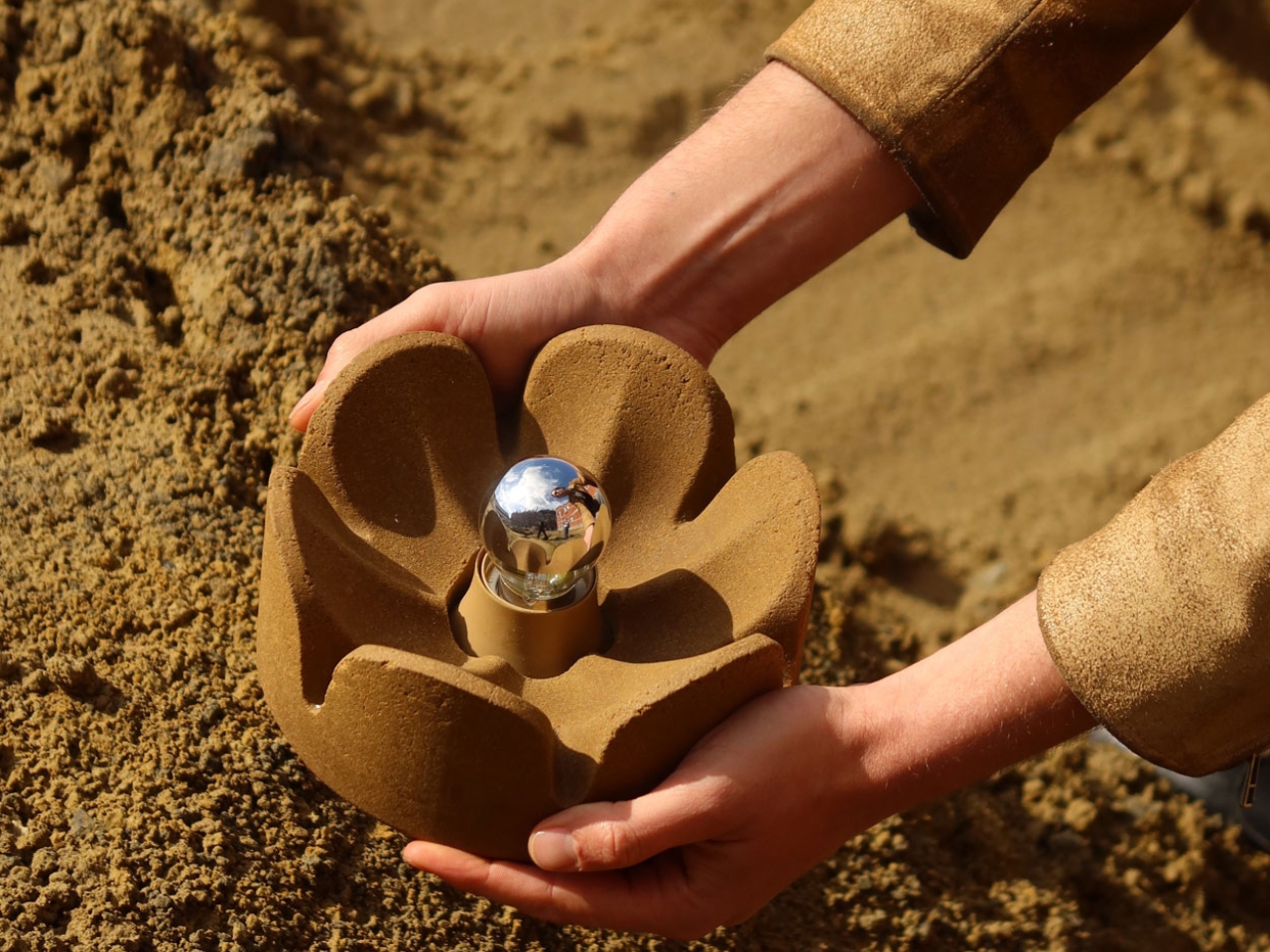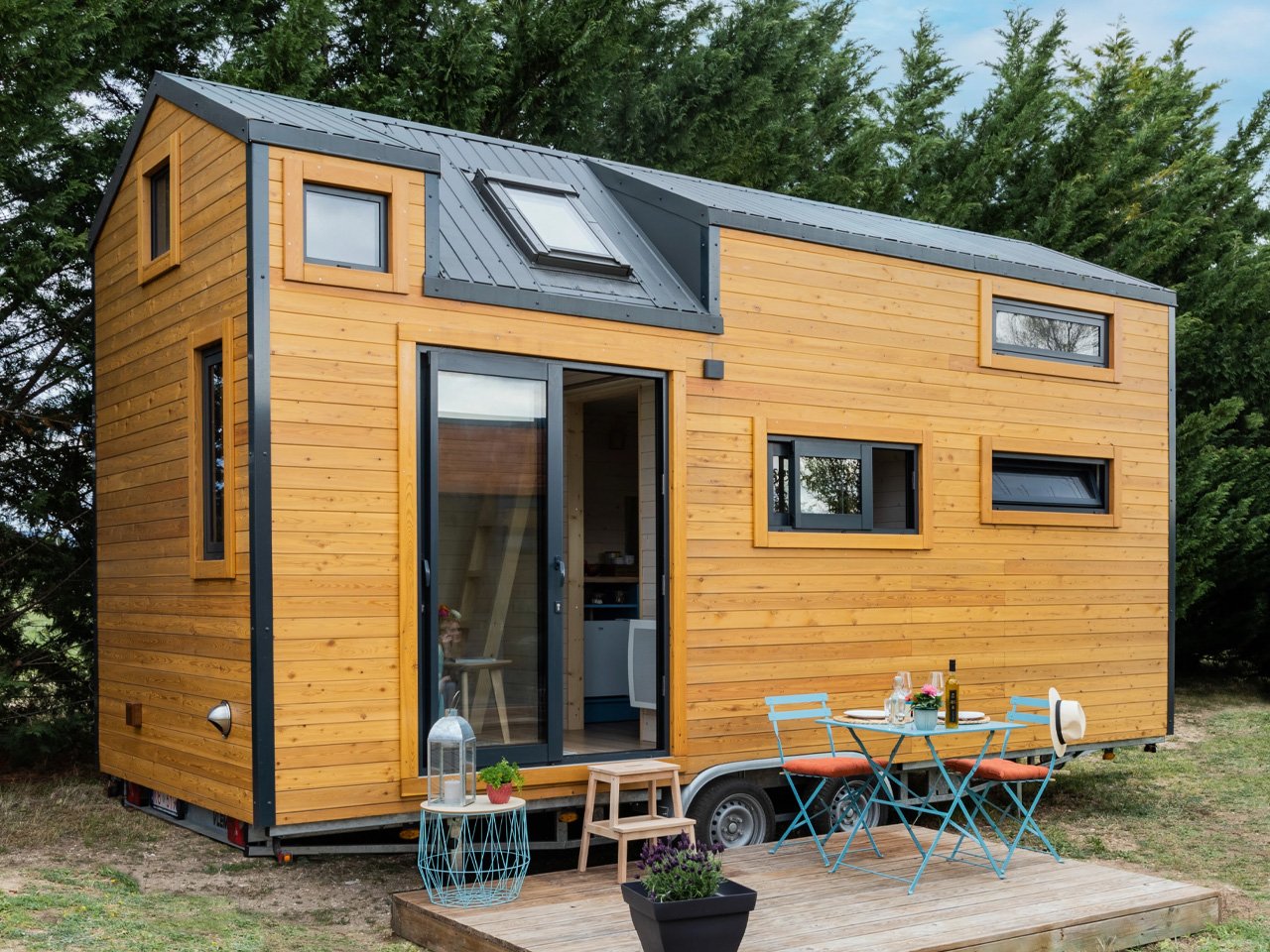fromApartment Therapy
8 hours agoThis Vintage Find Will Be Next Year's "Holy Grail," According to Designers
Eclectic maximalist style has been all the rage for a while now - and designers say the trend will continue into the new year, with a strong focus on vintage finds. As a part of our sixth annual State of Home Design survey, Apartment Therapy asked designers, what's one vintage item you think we'll be seeing everywhere in 2026?
Design

